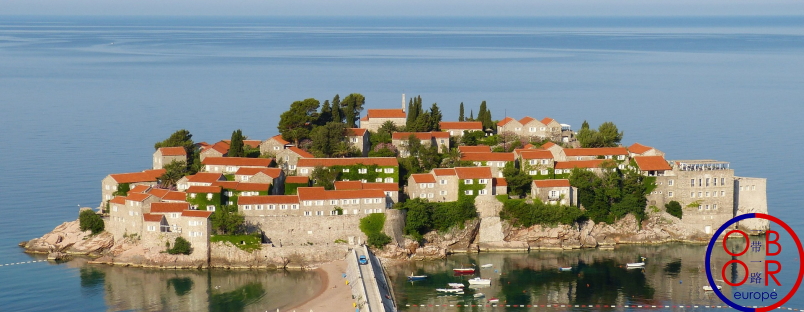by Dr. Sebastien Goulard

In March 2021, Montenegro’s government led by Prime Minister Zdravko Krivokapić asked the European Union with paying a US1 billion loan from China. But the European Commission Spokeswoman Ana Pisonero rejected the suggestion. Montenegro’s motorway project was probably not a a good idea, it fragilizes the small country’s economy and undermines the viability of BRI projects in Europe.
The Bar-Boljare motorway
In 2014, Montenegro contracted with China Road and Bridge Corporation (CRBC) for the construction of motorway that would better connect Montenegro to Serbia and create new opportunities for investors.
This first project was planned in the 2000’s under the premiership of Milo Đukanović, but according to several feasibility studies, this road was not economically viable due to the construction of several bridges and deep-cut tunnels. However, a new feasibility study stated that the project was viable, and in 2014, the Montenegrin parliament approved its construction.
The construction was given to CRBC in 2014, was financed through a US$1.59 billion loan contracted from China Exim Bank (to finance 85% of the first section, at 2 percent interest over the next 20 years). Due to unplanned difficulties, the construction has suffered from delays and the motorway is still not completed.
The construction itself is conducted by Chinese workers with materials from China.
Possible default?
Due to delays, costs have risen, and the Montenegrin government that had poorly negotiate this agreement, may soon face default. The Covid19 crisis has further deteriorated the country’s economy as it largely depends on its tourism sector.
Montenegro’s impossibility to repay this loan would further degrade its economy, and delay its integration to the European Union.
The EU has already announced that it would not finance this loan as Montenegro took it from China. However, the EU may still help Montenegro by offering special grants and preferential loans from the European Investment Bank to reimburse loans contracted from Chinese banks.
BRI projects in a European upper-middle income country
It is not the first time that Chinese BRI projects have been criticized for the possible debt issues they are creating. In Sri Lanka, the development of the Hambantota port by Chinese companies weighted on the national economy and Colombo had to lease this port to a Chinese company to pay contracted loans. However, most developing nations are suffering from insufficient infrastructure, and need to accommodate their growing population. As these nations are getting more developed, they can pay back loans they have contractedwith China’s BRI financial institutions.
The Montenegrin highway case shows some limits of the BRI in European countries. Montenegro is not an EU member although it may soon join in, and can be considered an upper middle income economy. But Montenegro has a small population (622,000 inhabitants), and this population is not growing. Montenegro has recently become a major tourist destination and welcomed about 2.6 million visitors in 2019. Montenegro is quite different from other countries that host large BRI projects, as it cannot be considered an emerging economy, and its future economic growth will be limited.
An old-fashioned BRI project?
It is important to note this motorway project was first planned in the 2000’s before the actual launch of the BRI, and this project does not meet the current Belt and Road Initiative criteria. It was not only criticized for it high costs, but also for its impact on environment. The construction project given to CRBC without any bid, also shows the low governance standards adopted by the Montenegrin government at that time.
China’s choice
Montenegro’s dilemma may soon also become China’s dilemma. China’s embassy in Podgorica rejected critics about this project, and mentioned that the 2% interest rate on this US$994 million loan did not threaten Montenegrin economy.
According to the agreement signed between Montenegro and CRBC in 2014, in case Montenegro failed to repay the loans, China may be given the right to access to Montenegrin territory and develop projects without the consent of Montenegro’s government.
This may send a bad signal to other countries that are interested in developing infrastructure projects with China and confirm the aggressive position of Chinese companies abroad.
The small state of Montenegro might become a major chessboard between the European Union and China. In the current context of tensions between Brussels and Beijing, Montenegro’s loan issue can be used as a lever by China to increase influence over the EU.
However, if China decided to revise its contractual positions with Montenegro, Beijing would be regarded as a reliable partner in Balkan and Europe, and BRI projects would become more attractive to countries in Europe and elsewhere.
Share the post "Montenegro’s debt dilemma: an opportunity to improve the BRI?"

Pingback:მონტენეგრო - საჭადრაკო დაფა ევროკავშირსა და ჩინეთს შორის - Report.ge